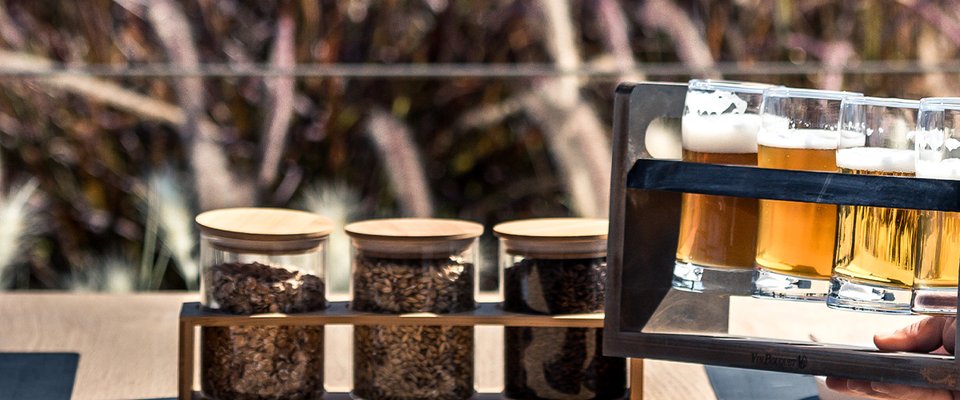Connecting Past. Enjoying Present.
The blue monkeys painted on the walls of Akrotiri on the Greek island of Santorini are among many animals found in the frescoes of this 3,600-year-old city.
Up to 2020 archaeologists had assumed the monkeys were African species, which the Aegean people that built Akrotiri probably saw live during trade travels in Egypt.
But recent primatologists think the paintings actually depict Hanuman langurs, monkeys from the Indian subcontinent. This suggests the Aegean people, who came from Crete and the Cycladic islands, may have had trade routes that reached over 2,500 miles, which is like a miracle for us to think that a prehistoric population had the means to travel that far from home!!! We haven’t been able to translate the earliest Aegean writing, but the paintings suggest just how developed these people’s society, economy and culture were.
We know from archaeological evidence that Aegean people had access to minerals such as tin, lapis lazuli and carnelian and this justifies many of the colors seen on the murals. The color of the pelages (hair) of several monkeys’ species of that era falls within the grey/olive-grey range, but they are consistently represented as blue in Minoan frescoes. Researchers suggest that the use of blue to represent Minoan monkeys might be explained as a color abstraction within the grey/green scale. In fact, blue was also used by Minoans to represent metallic, grey-like surfaces, such as fish scales. Moreover, the color blue was widely and symbolically used by Egyptians in divine contexts. Minoans may have borrowed it to represent exotic animals, such as monkeys.
Historians have studied (and they will continue to study) the murals for decades. The most recent finding, is the realization that the Bronze Age world was much more globalized than previously thought, and researchers came to that conclusion by examining the blue monkey murals of akrotiri. Having that in mind, we named our beer the Blue Monkey Beer, honoring this pre-historic civilization and believing that our beer will travel all over the modern world as the Aegean people did thousands of years ago. We are confident that our Blue Monkey beer will conquer the globe.

